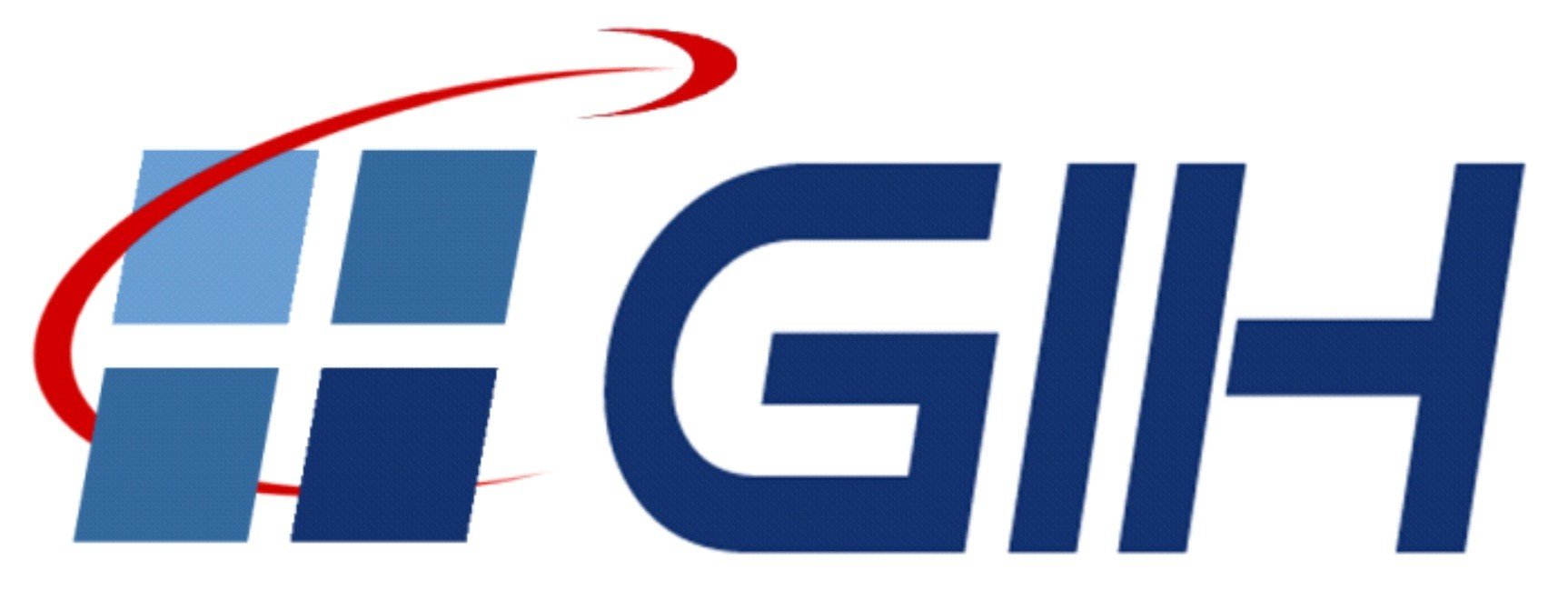On the BIC for determining the number of control points in B-spline surface approximation in case of correlated observations
- verfasst von
- Gaël Kermarrec, Hamza Alkhatib
- Abstract
B-spline curves are a linear combination of control points (CP) and B-spline basis functions. They satisfy the strong convex hull property and have a fine and local shape control as changing one CP affects the curve locally, whereas the total number of CP has a more general effect on the control polygon of the spline. Information criteria (IC), such as Akaike IC (AIC) and Bayesian IC (BIC), provide a way to determine an optimal number of CP so that the B-spline approximation fits optimally in a least-squares (LS) sense with scattered and noisy observations. These criteria are based on the log-likelihood of the models and assume often that the error term is independent and identically distributed. This assumption is strong and accounts neither for heteroscedasticity nor for correlations. Thus, such effects have to be considered to avoid under-or overfitting of the observations in the LS adjustment, i.e. bad approximation or noise approximation, respectively. In this contribution, we introduce generalized versions of the BIC derived using the concept of quasi-likelihood estimator (QLE). Our own extensions of the generalized BIC criteria account (i) explicitly for model misspecifications and complexity (ii) and additionally for the correlations of the residuals. To that aim, the correlation model of the residuals is assumed to correspond to a first order autoregressive process AR(1). We apply our general derivations to the specific case of B-spline approximations of curves and surfaces, and couple the information given by the different IC together. Consecutively, a didactical yet simple procedure to interpret the results given by the IC is provided in order to identify an optimal number of parameters to estimate in case of correlated observations. A concrete case study using observations from a bridge scanned with a Terrestrial Laser Scanner (TLS) highlights the proposed procedure.
- Organisationseinheit(en)
-
Geodätisches Institut
- Typ
- Artikel
- Journal
- Journal of Geodetic Science
- Band
- 10
- Seiten
- 110-123
- Anzahl der Seiten
- 14
- Publikationsdatum
- 31.12.2020
- Publikationsstatus
- Veröffentlicht
- Peer-reviewed
- Ja
- ASJC Scopus Sachgebiete
- Erdkunde und Planetologie (sonstige), Geophysik, Computer in den Geowissenschaften, Angewandte Mathematik, Astronomie und Astrophysik
- Elektronische Version(en)
-
https://doi.org/10.1515/jogs-2020-0110 (Zugang:
Offen)






